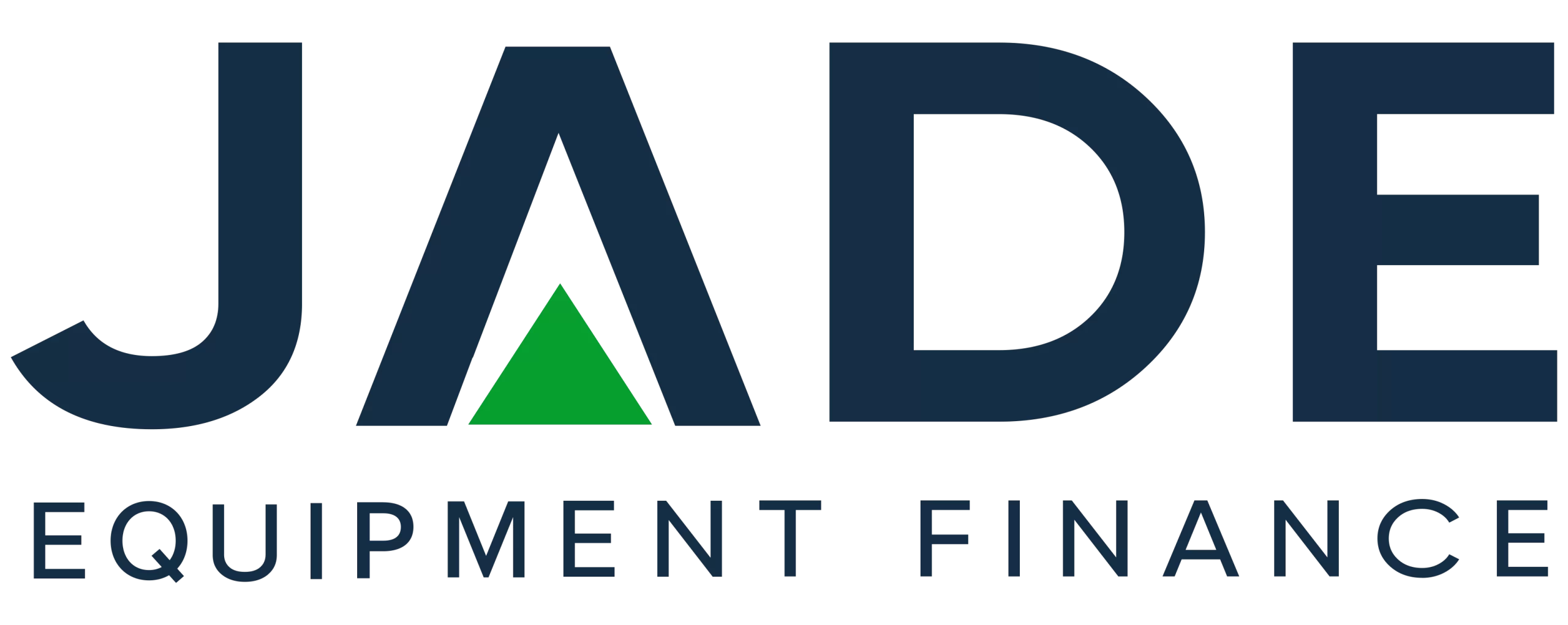The Australian Bureau of Statistics (ABS) released the latest unemployment figures for June 2022 on 14 July and the result was quite a surprise. The unemployment rate dropped to a 50 year low of 3.5% from the May rate of 3.9%. The markets had reportedly been anticipating a drop in the unemployment rate to 3.8% not this record 0.4% fall.
The record unemployment rate of 3.5% for June is not all good news as it places pressure on the RBA to lift the cash rate even higher at its 2 August meeting.
Unemployment is a major driver for the RBA’s rate decisions and this significant drop of 0.4% has some analysts already predicting a large rate rise for August. While low unemployment levels are a key objective for Government and much aspired to, in the current Australian labour market it may represent bad news for some businesses.
Businesses that are already have difficulties in filling job vacancies due to the labour shortage may have even more problems with less people in the job market. The tight labour market has been identified by the RBA as a constraint to businesses operating to full capacity and as such contributing to supply not meeting demand. A major cause of the surging inflation.
So a statistic that would often go relatively unnoticed by most business operators has now become definitely something to note especially if making plans to purchase new equipment with finance.
ABS Statement – June Unemployment Rate
The ABS released its usual media statement to announce the June employment statistics. The ABS’ Head of Labour Statistics, Bjorn Jarvis said the 3.5% seasonally adjusted unemployment rate was the lowest since August 1974. In that month the rate was 2.7% and he notes the survey was conducted quarterly.
Comparing statistics for women and men, Mr Jarvis notes the current unemployment rate for women at 3.4% is the lowest since the month of February 1974. For men the 3.6% current rate is the lowest since 1976 in May.
The ABS advises that this is the eight month of consecutive falls in unemployment and follows the wind back of restrictions following the Delta outbreak in the later part of 2021. Mr Jarvis said that growth in employment is continuing to be quite notably stronger when compared with pre-pandemic figures.
There were some variations across the states - NSW down 0.7%, Victoria down 0.5%, Queensland down 0.1% of note with Western Australia actually posting and increase of 0.3%.
In a point that will come as no surprise to many businesses and be met with concern is the reduced hours due to illness. Mr Jarvis said this statistic, people unable to work as a result of illness, is continuing at high levels. This corresponds to the June COVID-19 numbers which were large and reflects the ongoing disruption to the workforce from both flu and Omicron.
Impacts for Business
While low unemployment is usually a good sign for an economy, in Australia’s tight labour market it can be a worrying sign. Many businesses are currently unable to operate at their optimum capacity as they cannot source the workers to fill job vacancies.
With less people now employed that means less looking for work and lowers the prospects of business filling vacancies. The number of people listed as unemployed is now at the lowest since late 2008.
For business operators this may mean engaging in stronger competition to recruit workers and this may involve having to offer higher wages and other incentives. A situation which is already being seen in some sectors such as hospitality.
Increased wages add to the business costs and while filling roles enables business to operate at a higher capacity, the increased cost may put pressure on cash flow, especially in the short term. If your business is in this position, we may be able to assist with Business Overdraft or Business Loan.
Impacts for Interest Rates
This large drop in unemployment has huge significance for interest rates. As mentioned in recent statements, the RBA will be assessing the latest data in making further decisions around rises to the cash rate.
General opinion among economists and analysts was for a 0.5% cash rate hike at the RBA’s August meeting. But these latest unemployment figures now have some talking about a possible full 1% hike. We’ve already seen the cash rate increase by 1.25% over the past 3 months which has led to rises across lending markets including for equipment finance.
As we have repeated for many months, those considering new plant, machinery and equipment acquisitions with finance are strongly advised to move as quickly as possible to avoid higher rates. Some lenders have been moving on their own rates prior to RBA decisions in anticipation of rate rises.
As always, Jade Equipment Finance will be sourcing the cheapest rates from across our vast lender panel and providing access for customers to specialist non-bank equipment lenders.
Contact Jade Equipment Finance on 1300 000 003 to secure cheaper equipment finance ahead of further rate rises.
DISCLAIMER: IF MISINTERPRETATIONS, MISREPRESENTATION OR ERRORS EXIST IN THIS ARTICLE, NO LIABILITY IS ACCEPTED. THE INFORMATION IS PROVIDED ONLY FOR GENERAL PURPOSES AND NOT IN ANY MANNER INTENDED AS THE ONLY SOURCE FOR MAKING FINANCIAL DECISIONS. THOSE THAT CONSIDER THEY REQUIRE ADDITIONAL GUIDANCE OR ADVICE SHOULD REFER TO AN INDEPENDENT FINANCIAL ADVISOR.


